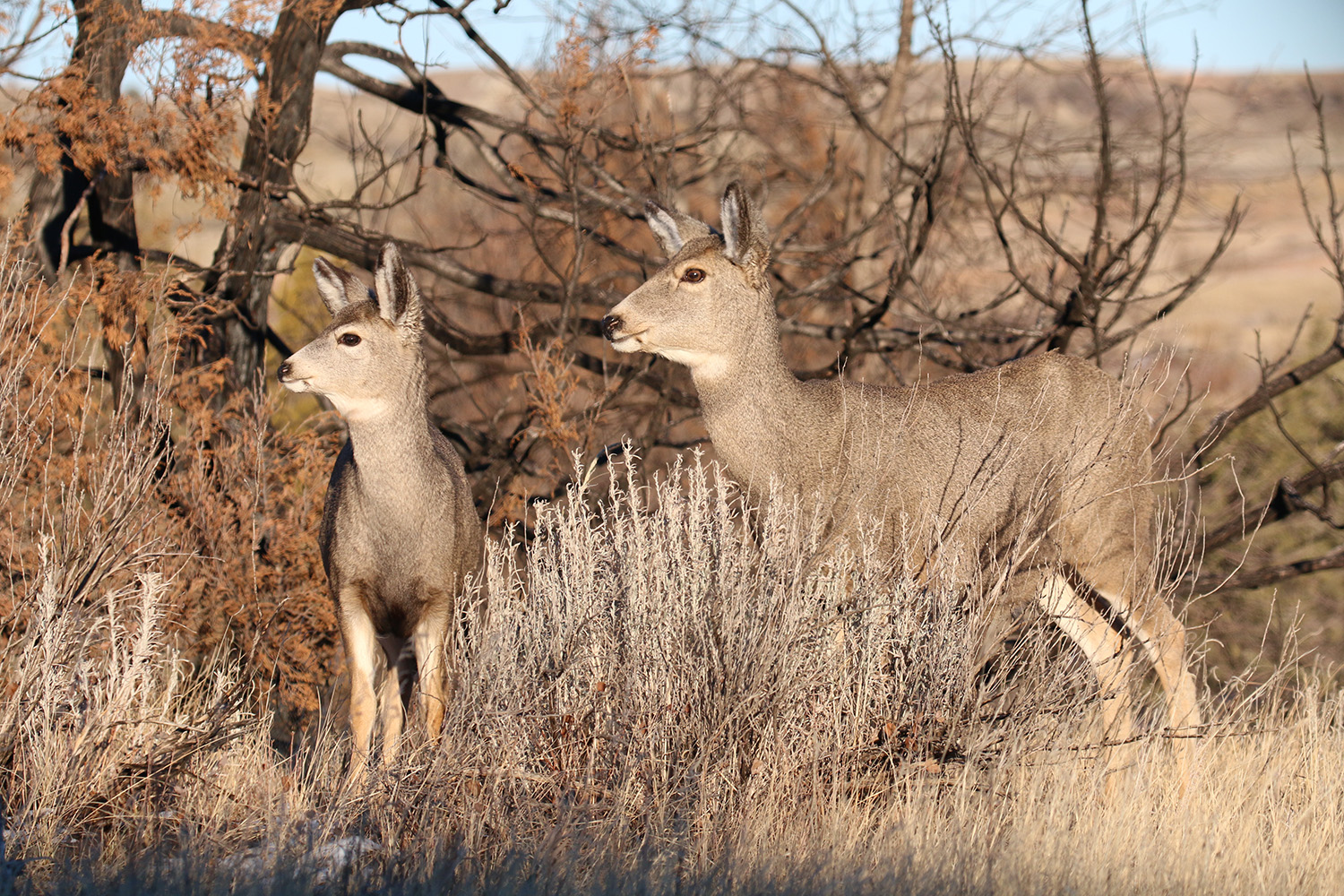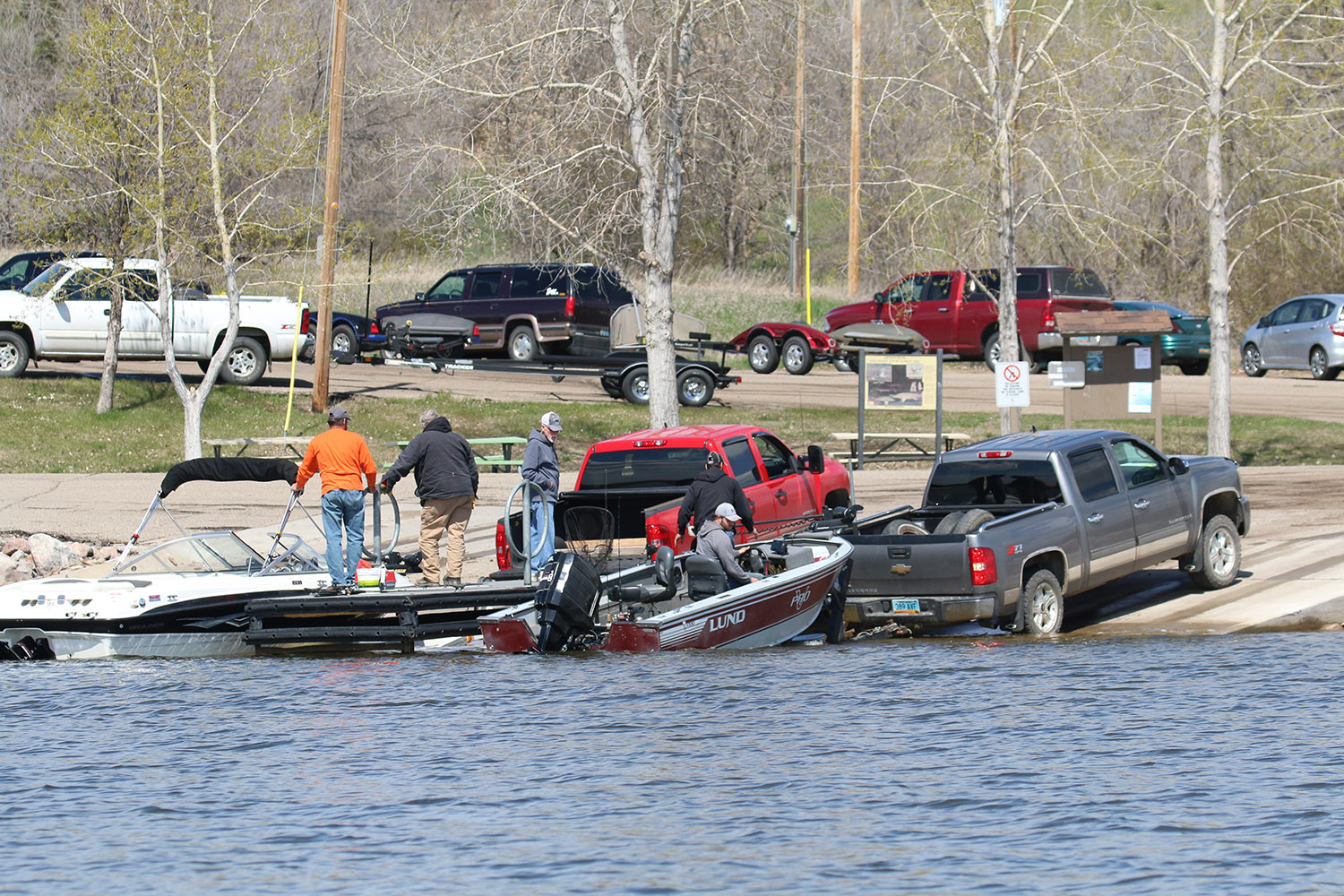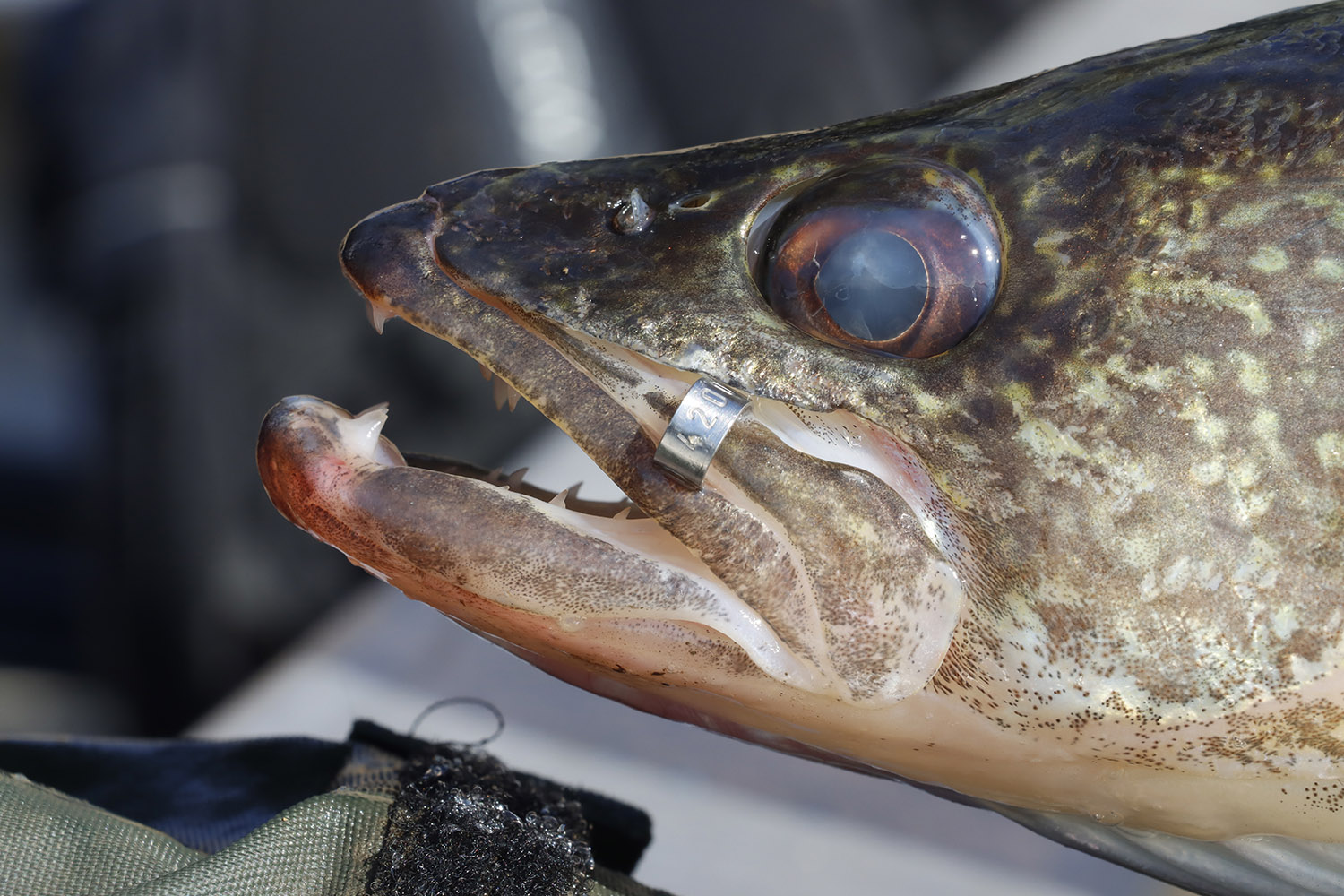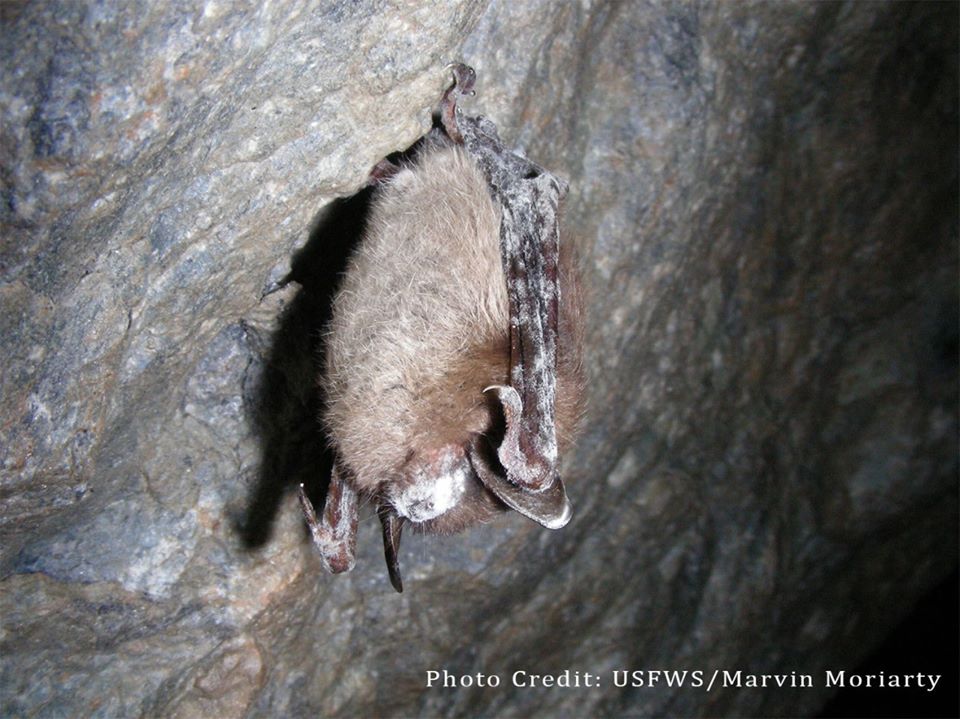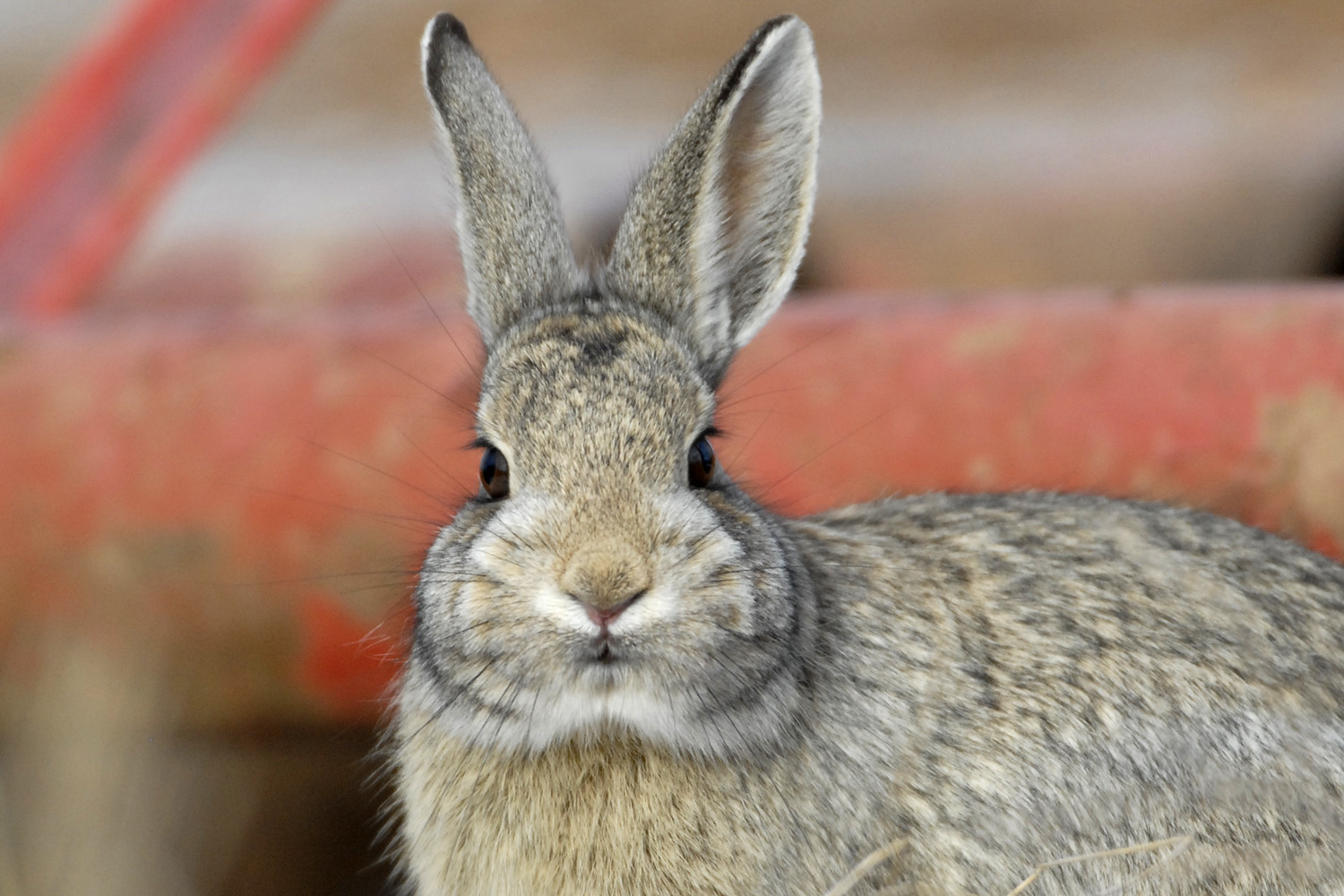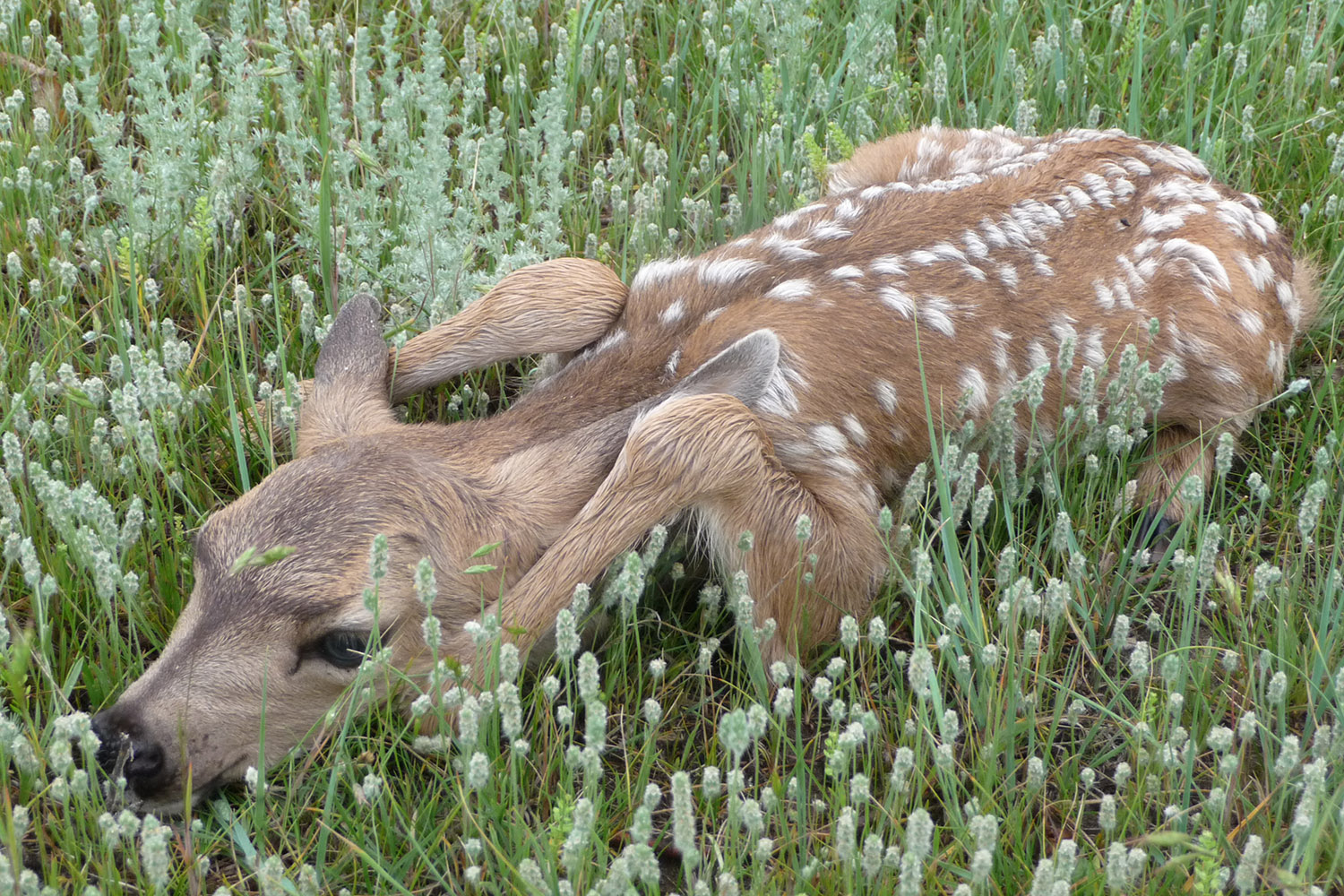The North Dakota Game and Fish Department completed its annual spring mule deer survey in April, and results indicate western North Dakota’s mule deer population is up 7% from last year and 22% above the long-term average.
Biologists counted 2,364 mule deer in 267.3 square miles during this year’s survey. Overall mule deer density in the badlands was 8.8 deer per square mile.
Big game management supervisor Bruce Stillings said the population is above objective and remains at a level able to support more hunting opportunities in the northern badlands.
“Mule deer have recovered nicely across the badlands following the winters of a decade ago,” Stillings said. “But long-term challenges remain for further population growth, including predators and weather patterns, and changes in habitat.”
The spring mule deer survey is used to assess mule deer abundance in the badlands. It is conducted after the snow has melted and before the trees begin to leaf out, providing the best conditions for aerial observation of deer. Biologists have completed aerial surveys of the same 24 study areas since the 1950s.
North Dakota boaters are reminded to exercise patience, practice physical distancing and plan accordingly when heading to a lake or river this summer.
The state Game and Fish Department receives a number of complaints every year about overly aggressive behavior at boat ramps. A few simple reminders will help ensure a fluent transition when launching and loading a boat.
Launching
- Don't pull onto the ramp until your boat is ready to launch.
- Prepare for launching in the parking area. Remove covers, load equipment, remove tie downs, attach lines and put in drain plug, before backing onto the ramp.
- When ready, pull into line to launch. Wait your turn. Be courteous.
- It takes at least two people to efficiently and courteously launch a boat: one to handle the boat and one to take care of the tow vehicle.
Loading
- Don't block the loading area with your boat until your tow vehicle is ready to load. Wait until you are clear of the launch area to unload gear.
- As soon as your trailer is in the water, load and secure your boat to the trailer.
- Remove boat and trailer from the water as quickly as possible.
- Get clear of the ramp. Pull into the parking area to finish securing your boat, unloading gear, draining all water and inspecting for and removing any vegetation. Remember to leave plugs out when transporting boat.
The North Dakota Game and Fish Department continues to conduct walleye tagging studies across the state.
At Lake Sakakawea, the state’s largest fishery, Department fisheries biologists are in the second year of a four-year walleye tagging study. The goal on Sakakawea is to tag about 3,000 walleyes per year, a target fisheries biologists more than met this year when they fit 3,188 fish with metal jaw tags. Another project was conducted at Lake Josephine in Kidder County where nearly 500 walleyes were tagged.
In both waters, the respective tagging studies will provide Department fisheries biologists with several pieces of information, including angling mortality, that will help to properly manage the fisheries and maintain good fishing into the future.
Anglers can help both tagging studies by reporting any tagged fish they catch on the Game and Fish website at gf.nd.gov, or by calling 701-328-6300.
Anglers who report tagged fish will receive follow-up correspondence form a fisheries biologist (as soon as time permits during the busy field season) containing biological information on their fish.
Little brown bats found dead in western North Dakota died of white-nose syndrome.
In early May, the Southwest District Health Unit in Dickinson contacted the North Dakota Game and Fish Department with reports of dead bats found in Medora. Six were submitted to the USGS National Wildlife Health Center in Madison, Wisconsin, for analysis.
The bats all tested positive for the fungus Pseudogymnoascus destructans, and have been confirmed with WNS, a deadly disease of hibernating bats that has caused dramatic population declines in eastern states. It is named for the powdery, white fungus that often appears around the muzzle. WNS is not known to affect humans, pets, livestock or other wildlife.
Game and Fish Department conservation biologist Patrick Isakson said the Department is working with several federal agencies to screen for Pd and WNS in North Dakota.
“This is the second time that Pd has been detected in the state, but these are the first documented deaths in bats attributed to WNS,” Isakson said, while noting it was roughly a year ago that Pd was found on a live bat within the boundary of the Knife River Indian Villages National Historic Site.
WNS has been confirmed in bats from 35 states and seven Canadian provinces to date.
"The discovery of white-nose syndrome in these bats signals the continued expansion of this invasive pathogen through North America,” said Jeremy Coleman, National White-nose Syndrome Coordinator for the U.S. Fish and Wildlife Service, which leads the national response to WNS. "It also highlights the need for continued vigilance to track the spread of the disease and the impact it is having on native bat populations so we may better focus our conservation efforts."
State and federal agencies are asking for help to monitor the spread of this disease. Anyone seeing a dead or sick bat is asked not to handle it, but to notify health officials or state biologists who can provide further guidance.
North Dakota anglers, water recreationists and anyone working in lakes or streams are reminded to follow these simple regulations to help prevent the spread of aquatic nuisance species.
Know the laws, as each state and province have their own rules and regulations. North Dakota regulations include:
- Do not import live aquatic bait.
- Use only legal bait species.
- Transport live bait in containers of 5 gallons or less.
- Properly dispose of unused bait.
- Drain water and remove vegetation from all equipment when leaving a waterbody.
- Remove drain plugs and keep out or open during transport.
- Anglers may not transport live bait in water away from any Class I ANS infested water (currently the Red River, Lake Ashtabula, and the Sheyenne River from Lake Ashtabula downstream to the Red River).
- Clean, drain and dry any equipment (recreational or commercial) that is used in any waterbody.
- Clean: remove plants, animals and excessive mud from trailers, hulls, motors and other equipment such as fishing gear and watersports equipment.
- Drain: drain all water, including bilges, livewells and bait buckets.
- Dry: allow all equipment to dry completely or decontaminate before using again. If necessary, use sponges or towels to remove excess water and allow compartments to dry.
- Report any plant or animal that seems out of place.
- Visit the online reporting form at the Game and Fish website, gf.nd.gov.
Also, North Dakota boaters who are traveling to or through other states or Canadian provinces, are reminded to check the aquatic nuisance species regulations of their destination, to make sure they are in compliance.
Mandatory boat inspections may be required along highways or at lakes based on destination or route taken. In general, to ensure compliance, boaters are encouraged to clean, drain and dry equipment.
North Dakota animal health officials are asking for help in preventing an exotic rabbit disease from entering the state.
Since March, rabbit hemorrhagic disease virus, or RHDV, has been killing wild, domestic and feral rabbits in southwestern U.S.
The disease is extremely contagious among rabbits and highly deadly. It does not infect humans or other animals and is unrelated to COVID-19.
There is currently no treatment or licensed vaccine in the U.S. The virus is extremely hardy and can be spread directly between rabbits, by insect bites, or contaminated equipment, feed, meat or fur.
RHDV has not yet been found in North Dakota, according to Dr. Beth Carlson, deputy state veterinarian with the North Dakota Department of Agriculture’s Animal Health Division.
“Our focus right now is to reduce the chance of RHDV entering the state,” she said. “We also want to make sure we detect any potential outbreaks quickly, so they can be contained.”
Rabbit owners are reminded that a health certificate is required for all rabbits imported into the state. Extreme caution should be used if purchasing or transporting rabbits or rabbit products from outside North Dakota. Owners are strongly encouraged to consult with their veterinarian to ensure adequate precautions are taken and any unusual mortalities are investigated.
According to Dr. Charlie Bahnson, North Dakota Game and Fish Department wildlife veterinarian, there is also concern for wild rabbits since RHDV has been attributed to die-offs in some areas of the Southwest.
“We are fortunate in North Dakota that none of our cottontail or jackrabbit species have the legal status of threatened or endangered, but RHDV could still cause major impacts to the food chain,” he said. “Maybe even more importantly, if RHDV becomes established in our wildlife, it will be extremely difficult to prevent in domestic rabbits.”
Anyone finding three or more dead, adult wild rabbits is asked to contact Game and Fish at 701-328-6300 or online. Because rabbits can die of other diseases of concern to humans, carcasses should not be handled until guidance is provided.
More information about RHDV can be found at the USDA Animal and Plant Health Inspection Service website.
The Department reminds anglers that live white suckers are not legal baitfish anywhere in North Dakota, except in the Bois de Sioux and Red rivers.
Although anglers can use live white suckers on the Bois de Sioux and Red rivers, and tributaries up to the first vehicular bridge, they are illegal elsewhere.
Fathead minnows, sticklebacks and creek chubs are the only legal live baitfish outside of the Bois de Sioux and Red rivers. Dead white suckers which have been preserved by freezing, salting or otherwise treated to inactivate reproductive capabilities are legal bait.
Transportation of live white suckers, other than in Richland, Cass, Traill, Grand Forks, Walsh and Pembina counties, is illegal.
Anglers are also reminded that live baitfish, or other live aquatic bait such as leeches, cannot be transported from another state into North Dakota.
Anglers are reminded that it is illegal to import minnows and other forms of live aquatic bait into North Dakota.
Anglers should buy bait from a licensed North Dakota retail bait vendor. Bait vendors can properly identify species and have taken steps to ensure all bait is clean of any aquatic nuisance species.
For more information, refer to the 2020-22 North Dakota Fishing Guide.
The North Dakota Game and Fish Department offers a simple message to well-intentioned humans who want to pick up and rescue what appear to be orphaned baby animals this time of year: Don’t touch them. Whether it is a young fawn, duckling, cottontail rabbit or a songbird, it is better to just leave them alone.
Often, young animals are not abandoned or deserted, and the mother is probably nearby. Young wildlife are purposely secluded by their mothers to protect them from predators.
Anytime a young wild animal has human contact its chance for survival decreases significantly. It’s illegal to take wild animals home, and captive animals later returned to the wild will struggle to survive because they do not possess learned survival skills.
The only time a baby animal should be picked up is if it is in an unnatural situation, such as a young songbird found on a doorstep. In that case, the young bird could be moved to the closest suitable habitat.
People should also steer clear of adult wildlife, such as deer or moose that might wander into urban areas. Crowding stresses animals and can lead to a potentially dangerous situation.
In addition, motorists are reminded to watch for deer along roadways. During the next several weeks young animals are dispersing from their home ranges, and with deer more active during this time, the potential for car deer collisions increases.
While contest guidelines for the North Dakota Game and Fish Department’s Watchable Wildlife Photo Contest have change little from previous years, photographers are reminded to follow the guidelines for submitting their work.
Photographers who want to submit photos to the contest should go the Department’s website at gf.nd.gov/photo-contest. Then it is a matter of providing some pertinent information about the photo and uploading it.
Doing so helps both with ease of submitting photos for the photographer and managing those images for Department staff.
The contest is now open and the deadline for submitting photos is October 2. For more information or questions, contact Patrick Isakson, Department conservation biologist, at pisakson@nd.gov.
The contest has categories for nongame and game species, as well as plants/insects. An overall winning photograph will be chosen, with the number of place winners in each category determined by the number of qualified entries.
Contestants are limited to no more than five entries. Photos must have been taken in North Dakota.
By submitting an entry, photographers grant permission to Game and Fish to publish winning photographs in North Dakota OUTDOORS, and on the Department’s website.
Habitats of North Dakota, a workshop for teachers, environmental educators and anyone who works with youth, will be offered online June 30 to July 17.
Instructor Sherry Niesar said the program features new material using inquiry and project-based learning.
“The materials presented will align with the North Dakota Envirothon Wildlife learning objectives,” Niesar said. “Students will explore current issues in conservation management, North Dakota habitats, wildlife species and wildlife adaptations.”
Different instructional methods will be used to teach across the curriculum integrating subject areas. Curriculum materials are suitable for both elementary and secondary teachers. All supplies will be provided.
The workshop will contain many activities educators can use in the classroom, discussion of classroom and curriculum integration, and self-guided walking field trips at the location of the student’s choice, in their yard, or if needed, can be completed using nature programming or live webcams.
To register for the workshop, visit the Dickinson State University West River Teacher Center website. One graduate credit is available.
For more information, contact Sherry Niesar at 701-527-3714 or online.
The North Dakota Game and Fish Department reminds outdoor recreationists to keep it clean this summer by packing out all trash.
All garbage, including used fireworks, should be placed in a proper trash receptacle. If trash cans aren’t available, or are full, take the trash and dispose of it at home.
It is not uncommon to see garbage piling up around full trash containers. Styrofoam containers are not biodegradable, but are often found wedged in cattails, drifting or washed up on shore.
Tires, mattresses and kitchen appliances have found their way to public use areas. This illegal dumping is costly to clean up and takes a significant toll on the environment. Not only does it spoil the beauty of the land, it destroys habitat, has the potential to pollute North Dakota waters and can injure wildlife.
Littering violations should be reported by calling the Report All Poachers hotline at 701-328-9921.
Zorn Hired as ANS Biologist
Kelly Zorn was hired in late spring as the aquatic nuisance species biologist in Jamestown. Zorn has a Bachelor of Science degree from Texas A&M University.
Hunter Education Coordinator Hired
Brian Schaffer has accepted the hunter education coordinator position. He has been an education coordinator in the Department’s conservation and communications division since 2015.


